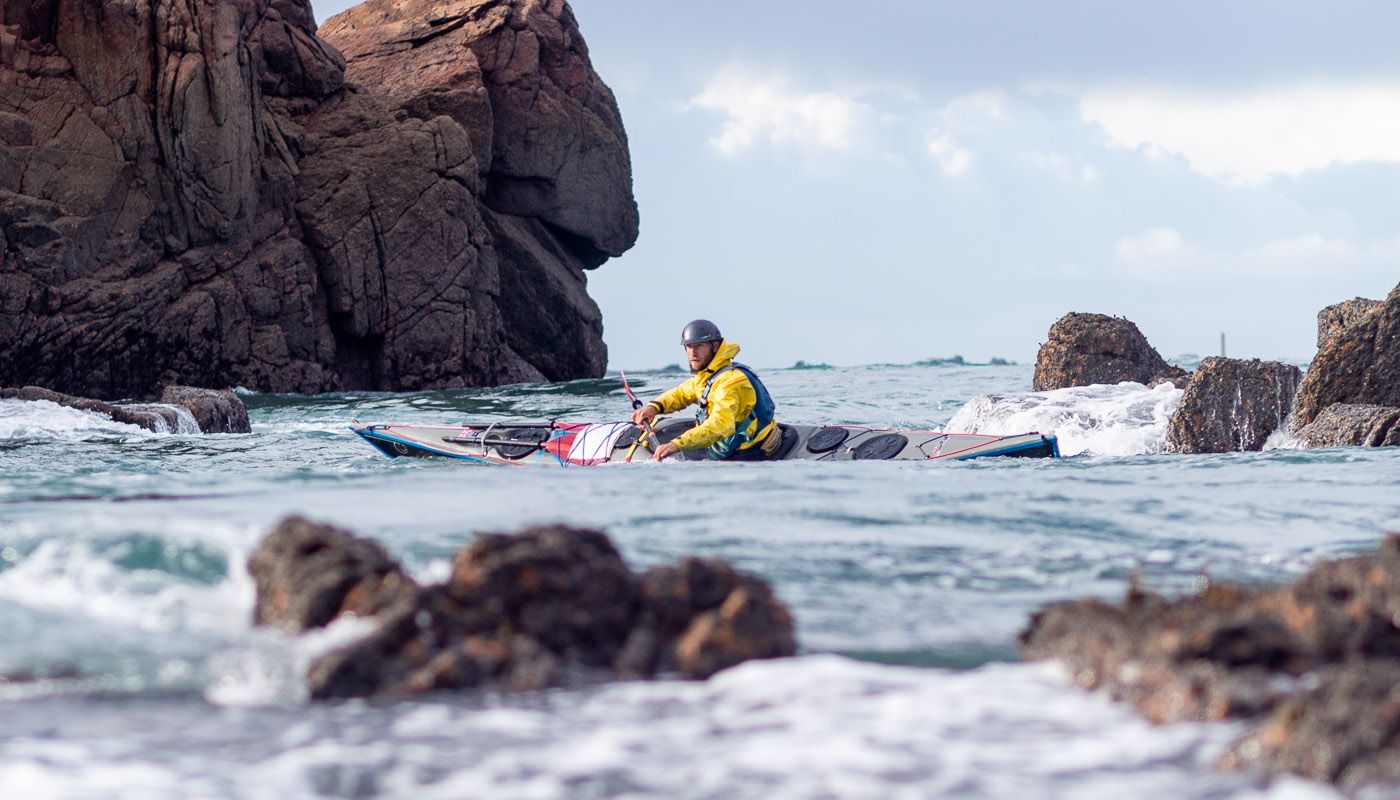
It's Time To Feel It
It's time to feel it!
We love kayaking! Whether on the lake, river, or open sea, it always brings us into the moment, connects us with nature, challenges us, leaves a smile on our face, and a feeling of inner contentment.
Technique isn’t always the main focus, but we’re convinced that paddling is even more enjoyable when we feel at one with our boat and the right movements come naturally.
How do you feel when you’re out on the water? Are your movements intuitive, or do you focus on your technique? Do you feel at ease, or is it a small challenge each time?
We want to help you become an even happier paddler so you can fully enjoy your kayaking adventures. Our coaches are passionate about bringing you closer to kayaking in a unique way. “Feel the learning!” is the motto of our coaching courses. Try not to overthink and focus more on what feels right. 😉
Core stability and body awareness for relaxed paddling!
It’s not just your arms – it’s a whole-body effort. Kayaking is a sport that engages the entire body. Your legs play an active role, while the core and back muscles are essential for transferring power from your arms to the paddle. Your inner strength helps you sit upright, remain stable in the boat, and balance it when the water around you gets choppy.
Why is a strong core and good body awareness so important?
✅ Smooth and more efficient paddle strokes Core muscles, including the abdominals, obliques, and lower back, are responsible for generating power and efficiently transferring it from the upper body to the paddle.
✅ Stability and balance in the boat A strong core minimizes the risk of capsizing. Maintaining a stable, upright posture while kayaking gives you better control over your boat.
✅ Endurance on longer tours or in challenging conditions Your core muscles support your body in maintaining proper paddling posture, reducing fatigue and improving endurance when a tour unexpectedly goes longer. 😉
✅ Control and precision in paddle movements This is especially important for maneuvers like turning, bracing, and edging, where subtle adjustments in paddle angle and body position can make a significant difference in performance.
✅ Injury prevention A strong core automatically helps prevent poor posture, muscle overstrain, and instability. By training your core muscles, you reduce the risk of injuries such as back pain, muscle strains, and joint issues.
Tips & Tricks from the Pros
Technique is important, but preparing your body for the season is just as essential. For example, yoga is an excellent way to build strength and balance while improving flexibility. It can prepare you for a day of paddling or help you recover afterward. A paddler’s core is constantly engaged, and hip flexors, pelvis, groin, and glute muscles are always in use—though often forgotten until you feel them. 😉
To prevent or ease sore muscles after paddling, we found a great article in Paddling Magazine. Whitewater kayaker and yoga teacher Benny Marr shares his tips and tricks.
Check this out! 😉